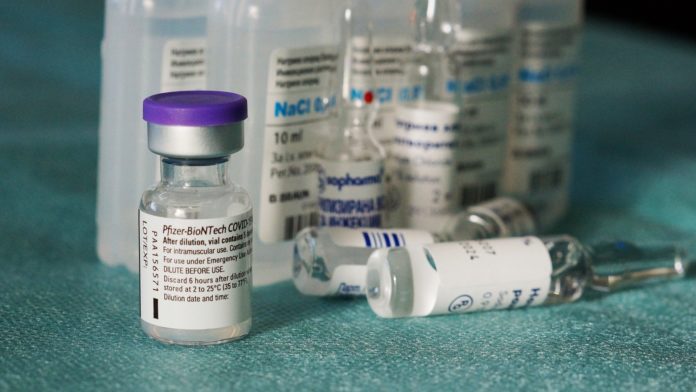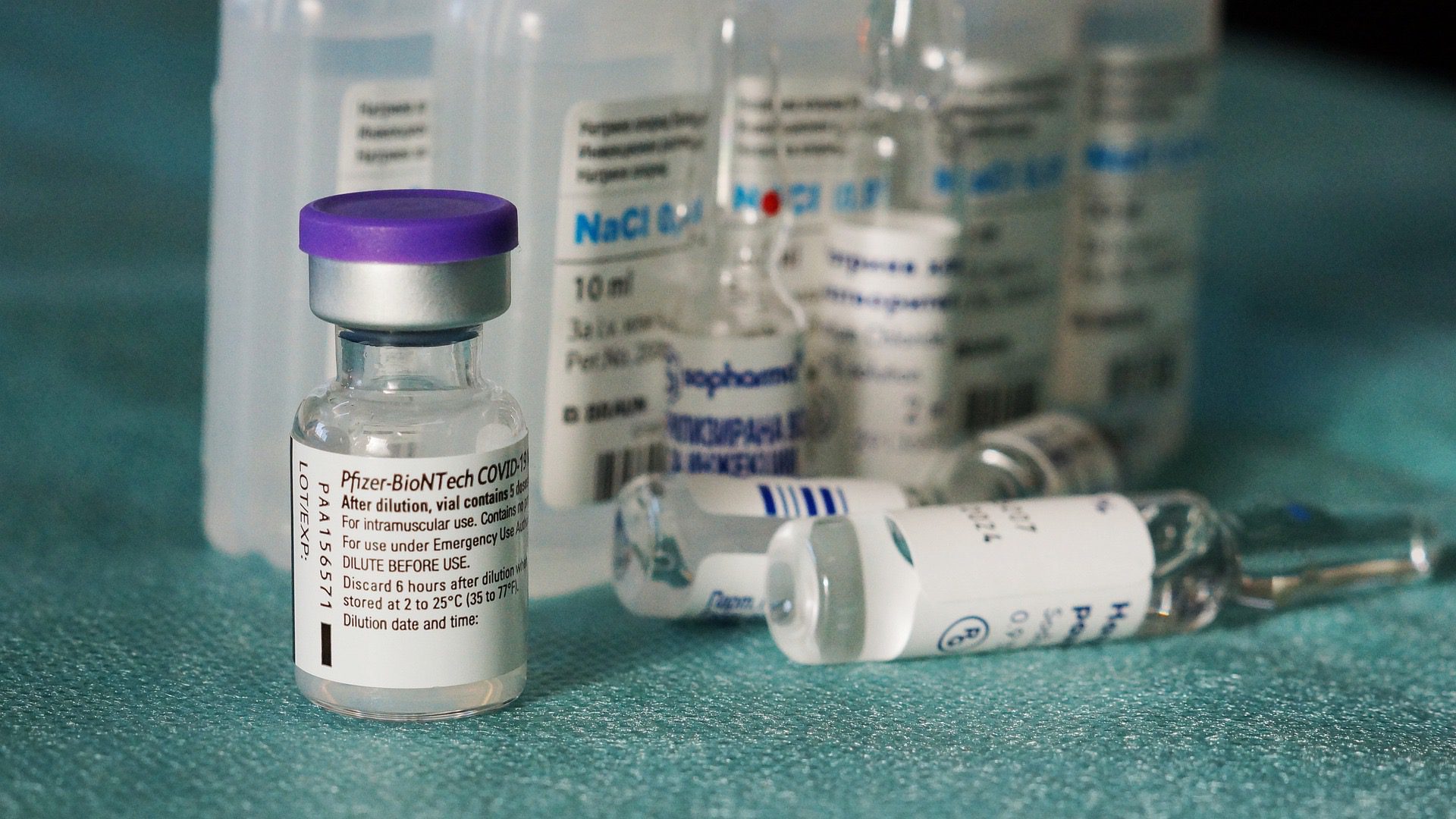The Gateway Pundit previously reported — Texas Northern District Judge Mark Pittman made the decision to release documents after the group behind the FOIA request, Public Health and Medical Professionals for Transparency, filed a joint status report. The FDA then reached an agreement with the government on how fast the documents will be produced.
The FDA had originally asked for 75 years, but Judge Pittman shot down the ridiculous request in January, setting a schedule that would see the documents turned over in a matter of months.
The original timeline for the documents to come out required the FDA to release over 12,000 documents on January 31st and 55,000 every 30 days after that, which would have taken a total of about 8 months. Thankfully, the new schedule does not prolong the overall timeline, but it does backload it significantly, leaving the information in the hands of an agency that has been deceptively hiding information for months.
In December, The Food and Drug Administration (FDA) released the first batch of documents (12,000 pages of CRF files ) related to Pfizer’s Covid-19 vaccine after a federal judge ordered that they must comply with the Freedom of Information Act (FOIA) request that was filed by a government accountability group called Public Health and Medical Professionals for Transparency.
Here is one of the data released last year, “ADVERSE EVENT REPORTS OF PF-07302048 (BNT162B2) RECEIVED THROUGH 28-FEB-2021.“
Instead of 55,000 pages a month starting March 1, the FDA now will only be required to release 10,000 pages, with another 10,000 following on April 1st.
On Monday, FDA released another set of thousand pages of documents relating to Pfizer’s review of the safety and efficacy of the experimental Covid-19 vaccines published in the Public Health and Medical Professionals for Transparency website.
Newly released Pfizer documents revealed that serious adverse events occurred in animals during studies.
According to its clinical observation:
“In the 100 µg mRNA male group, approximately 24 h following administration, animal 021M was noted to have decreased activity, ungroomed, brown staining on muzzle and irregular respiration. A decrease in bodyweight was noted in all remaining animals (approximately 16 g, equivalent to ca. 7% reduction of bodyweight) and food hoppers appeared untouched. By approximately 30 hours post-dose, animal 021M was also piloerect, hunched, and was hypersensitive to noise stimulus. Animal 021M was humanely killed and the diagnostic necropsy carried out showed one finding in the liver (prominent lobular architecture). Additionally, animals 019M and 020M were hunched and piloerect from approximately 30 h post-dose onwards. In the 50 µg mRNA male group, following administration and for the duration of the study, no adverse effects were noted in any animal. In the 50 µg mRNA female group, approximately 30 h following administration, animal 042F was noted to have decreased activity, and irregular respiration. At 48 h post dose animal 042F was additionally hunched and piloerect.”
You can read the rest of the study here.
You can check the other documents posted on PHMPT’s website. Click here.




